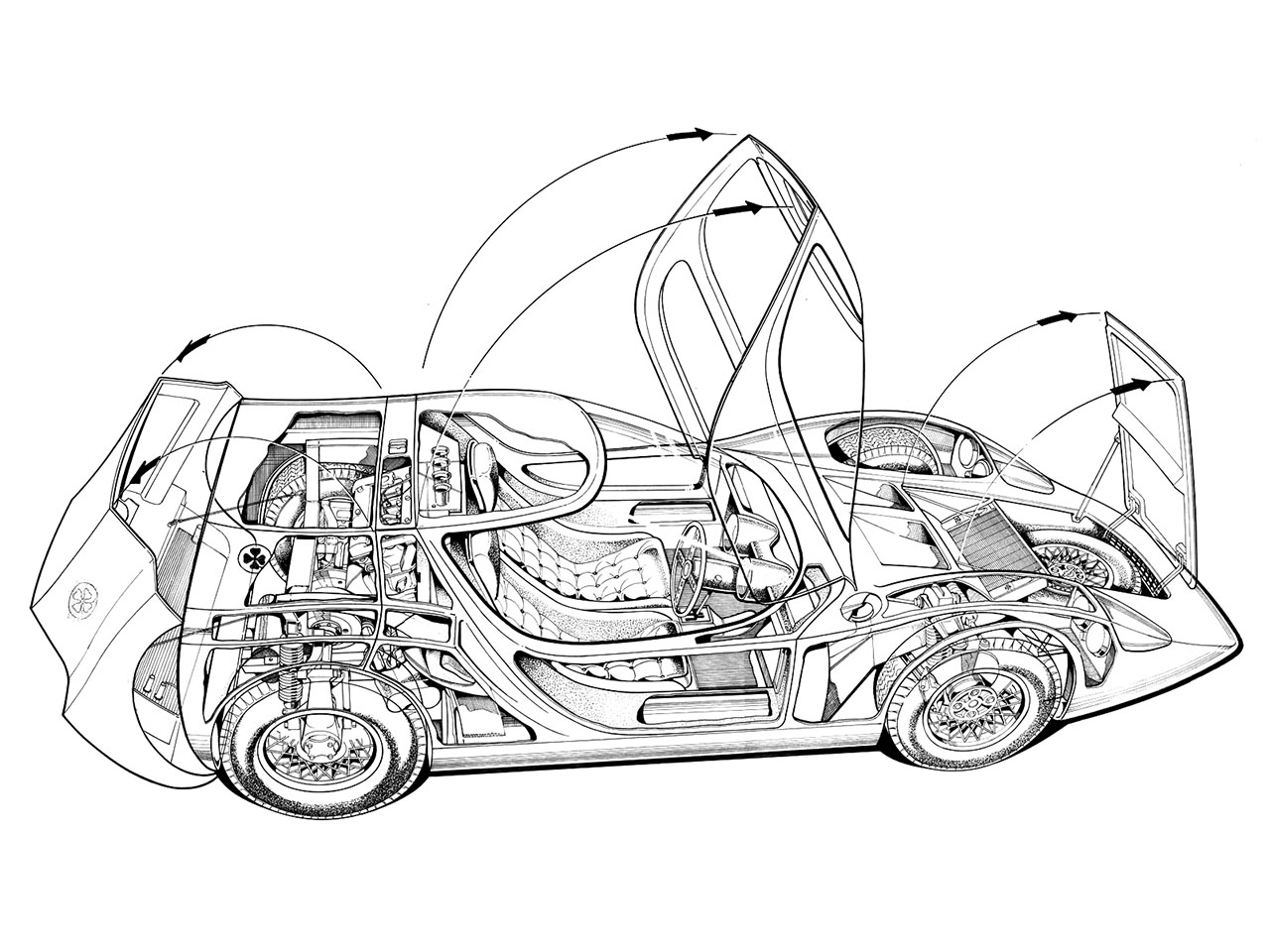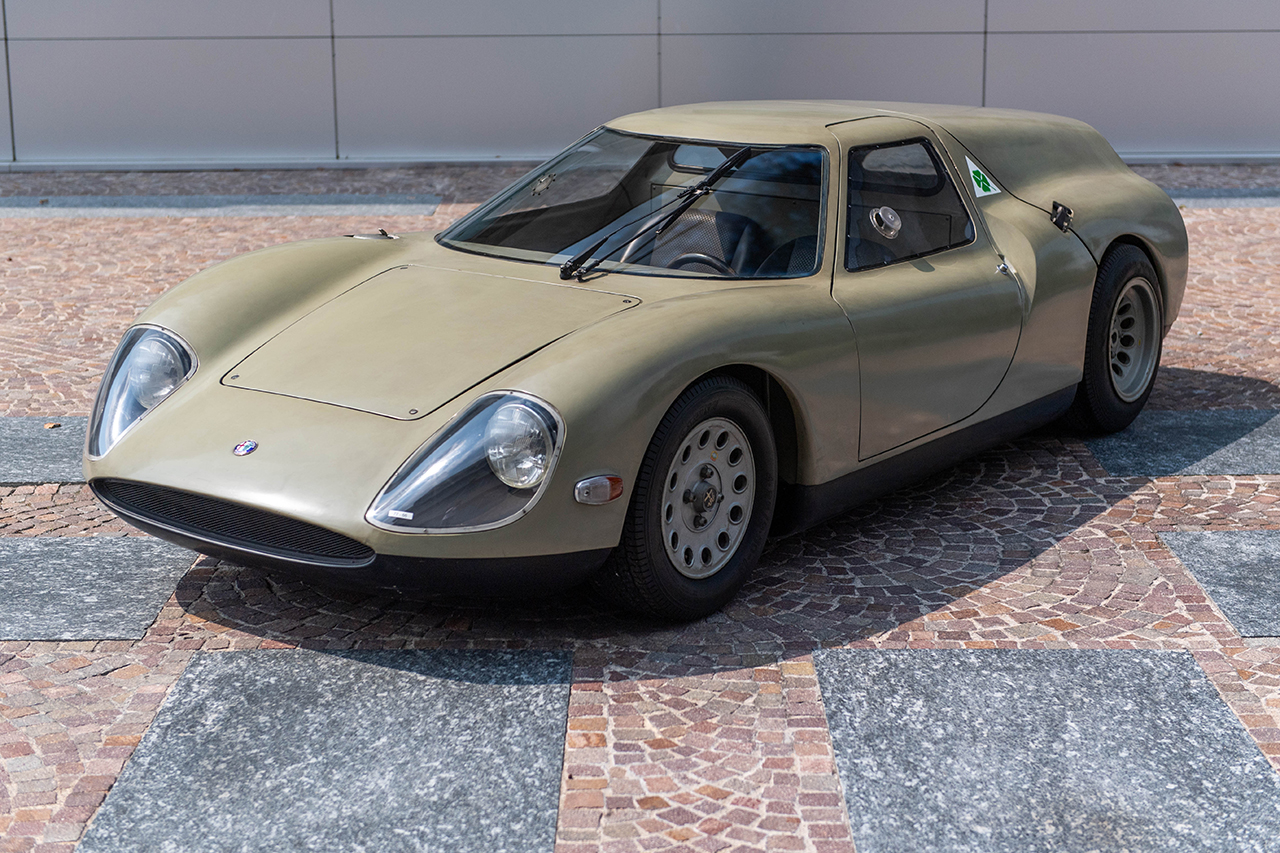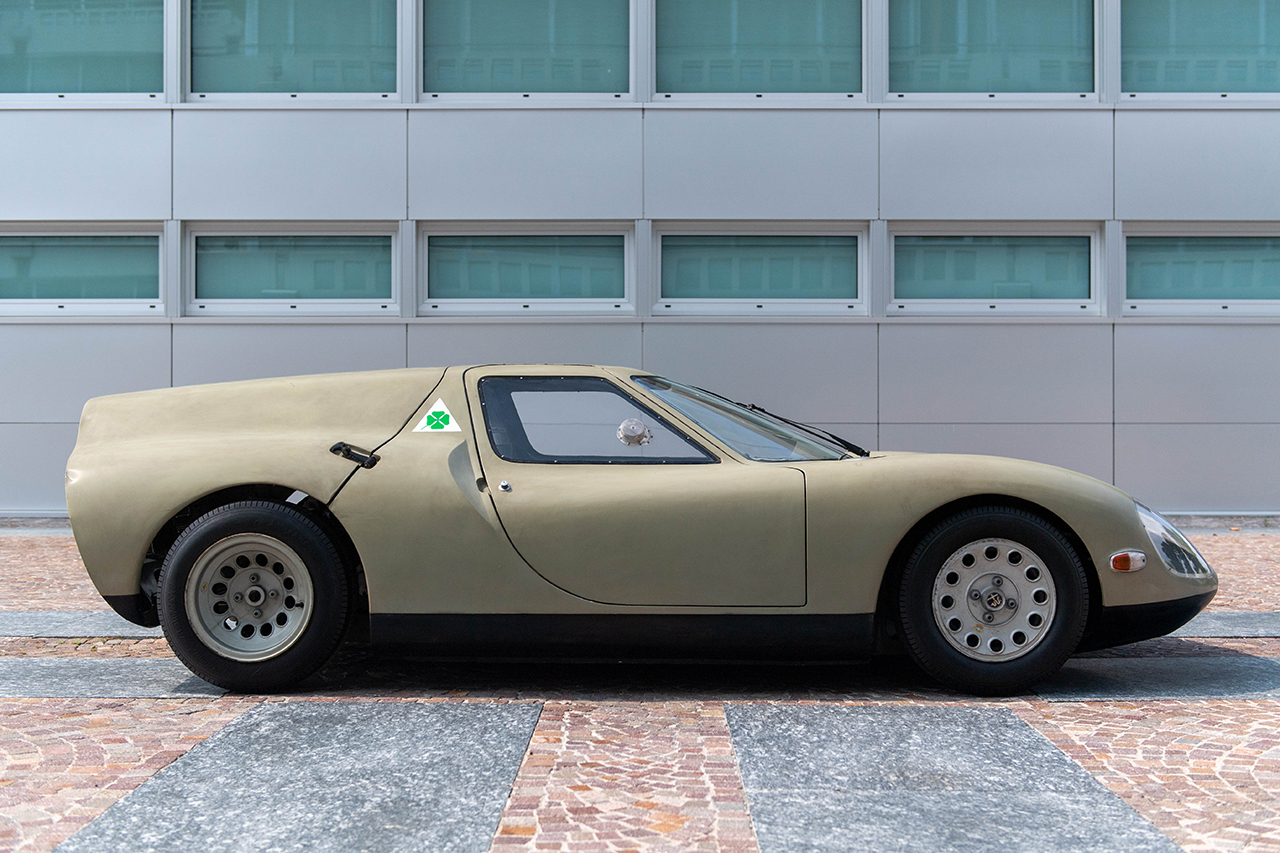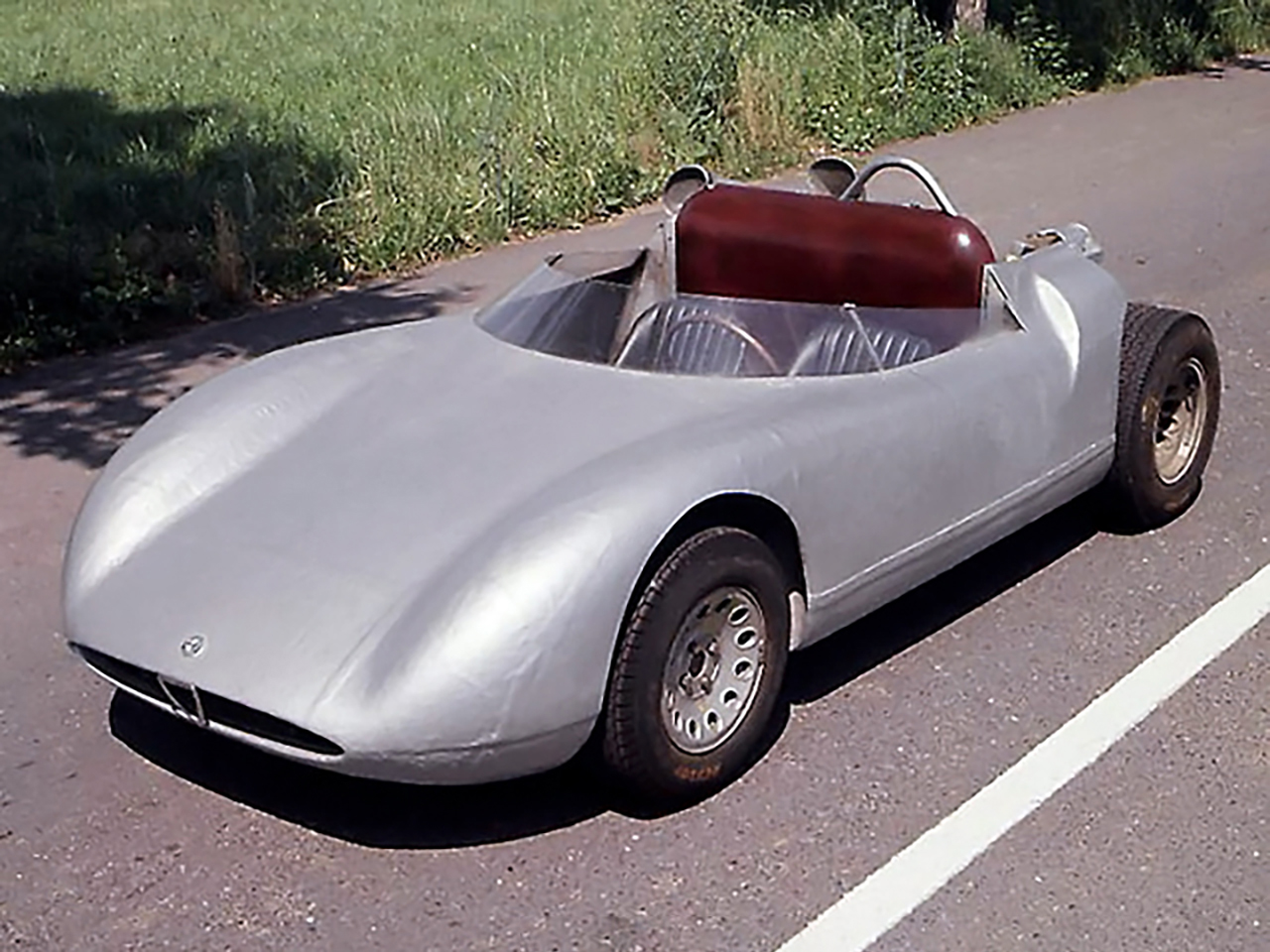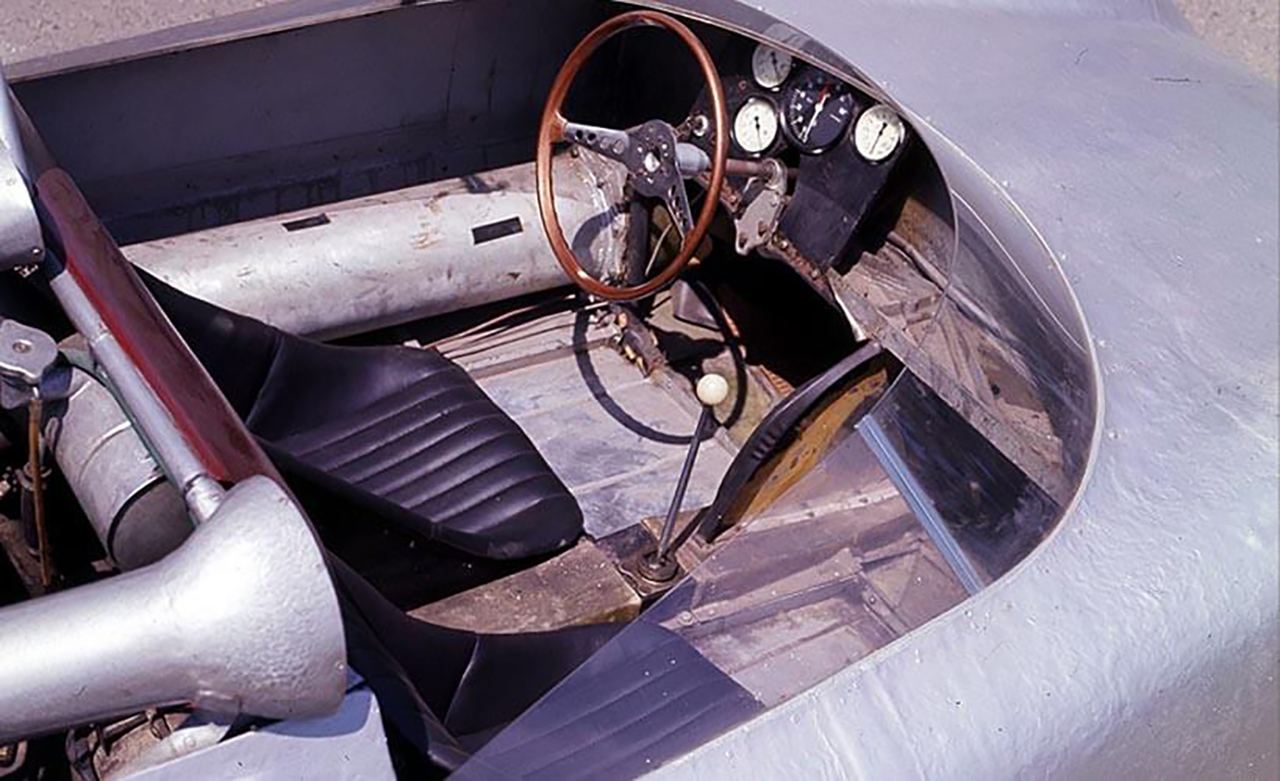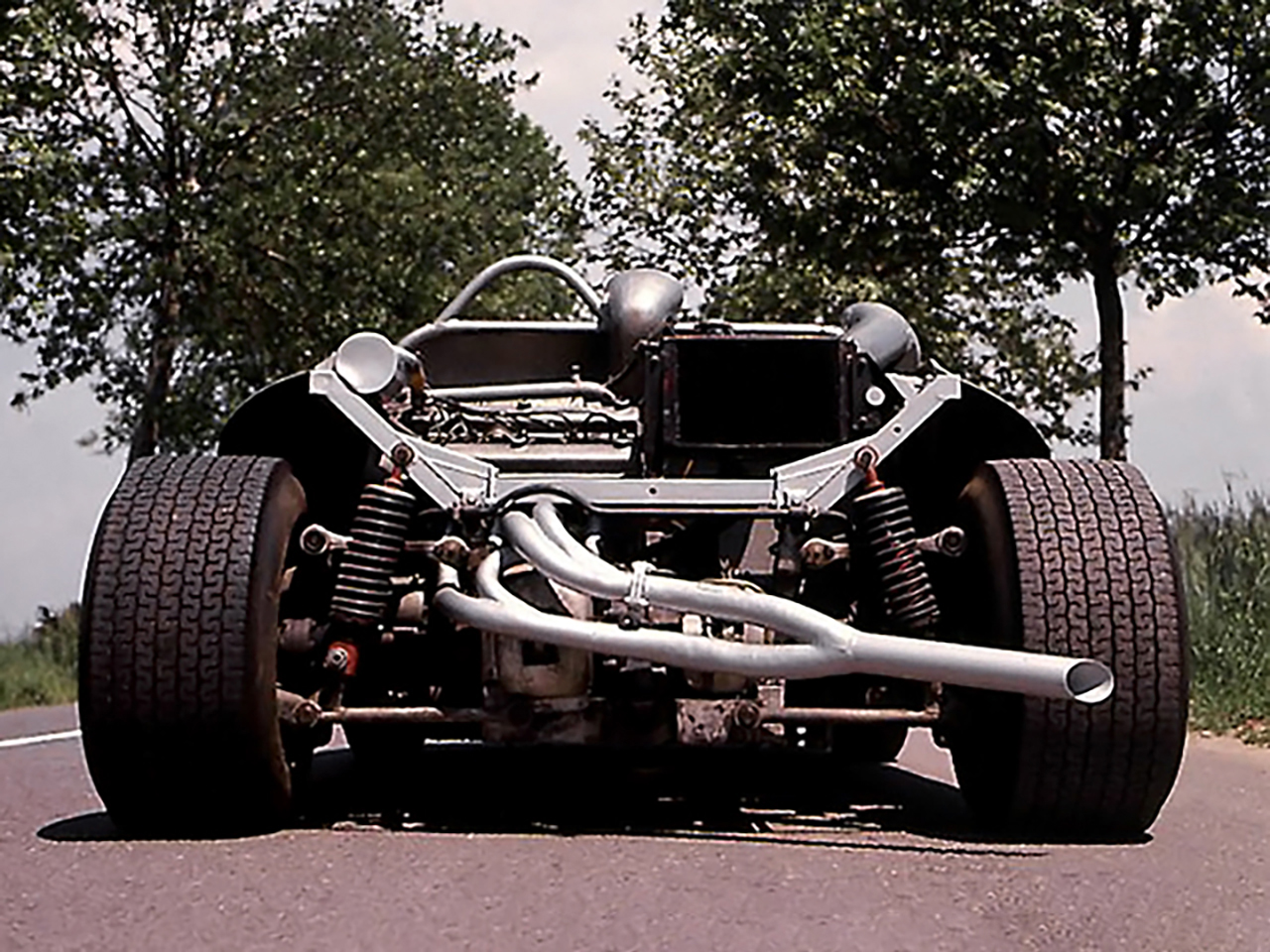Photo Credit: Alfa Romeo, Museo Storico Alfa Romeo, FCA Heritage
In the mid-60s, the use of rear engines in racing cars was becoming ubiquitous. Alfa Romeo’s technical team had studied the Tipo 33 with this very solution, a car that was successfully developed by Autodelta, the company’s sports division. Alfa Romeo subsequently felt the need to offer its racing driver customers a Berlinetta with this same configuration, and the engineer Giuseppe Busso and his team set to work, starting from the successful four-cylinder GTA, on a model with a transverse rear-engine. The name chosen for the car was Scarabeo.
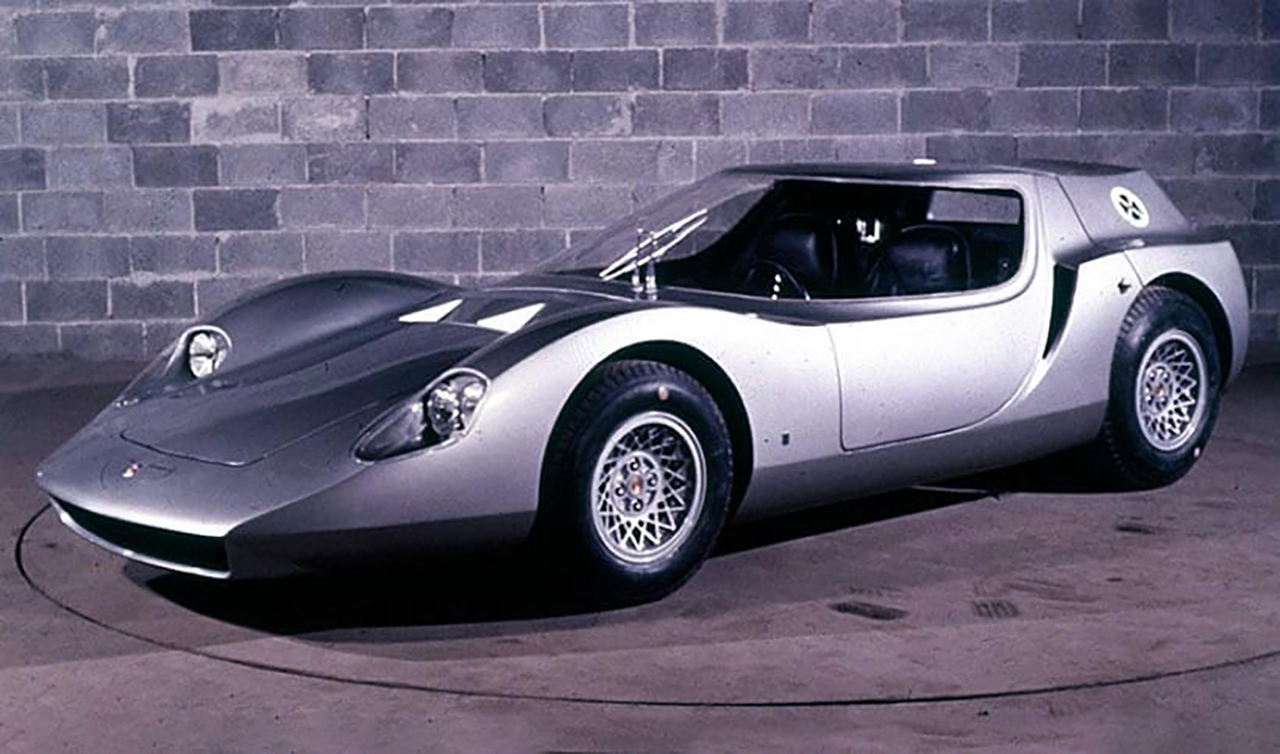
Three prototypes of this model were built, which promised extremely impressive performance, one of which was never completed. The demise of this car, however, was marked by an internal conflict between the technical direction of Alfa Romeo and Autodelta, a separate department dedicated to racing and led by the engineer, Carlo Chiti. The team over at Autodelta, which had won everything with the GTAs, did not like the idea of the new model being created outside their jurisdiction and when they received it for final development, they quite literally abandoned it. And although the Scarabeo had been presented at the Paris Motor Show in 1966 and was later proposed a second time in a simplified version that was nevertheless still a high-performance machine, it remained a dream.
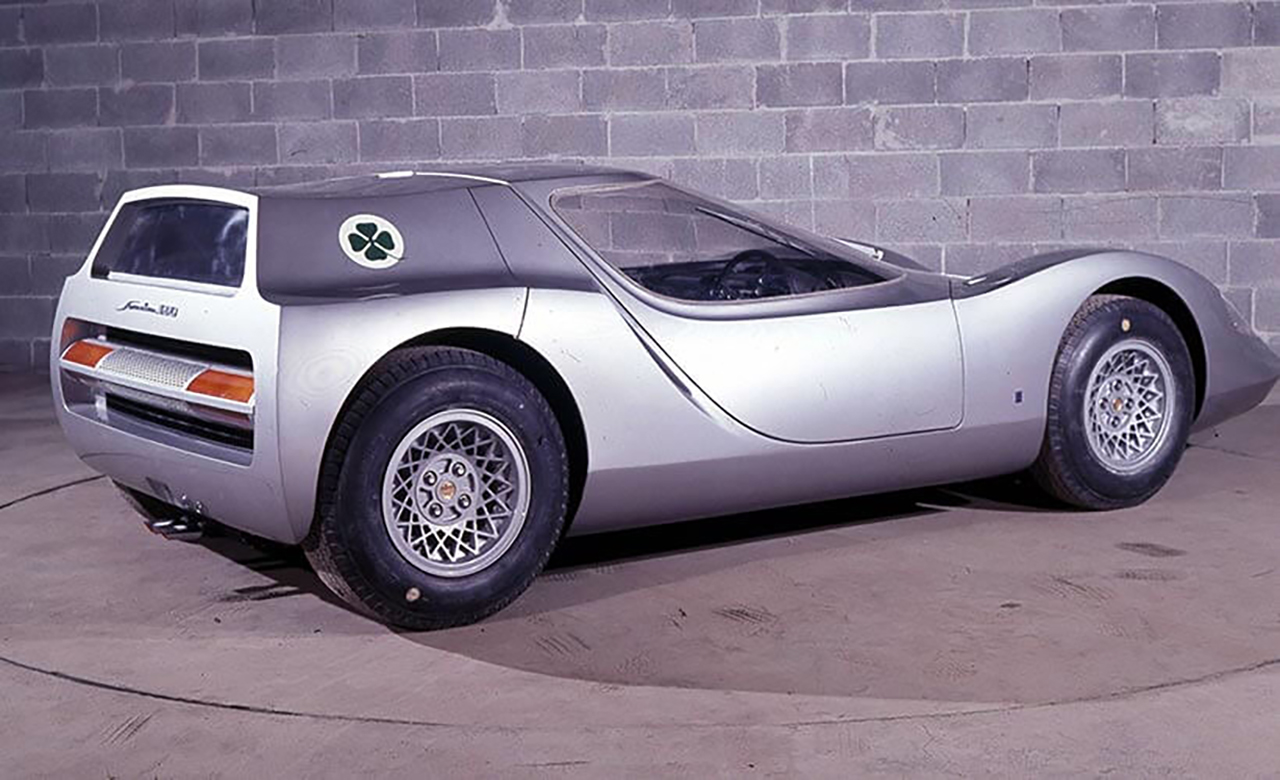
To put this into perspective, consider that the car had a tubular frame, it was just over one metre high and weighed just 700kg, giving it a truly outstanding weight-to-power ratio. The construction of the bodywork was entrusted to OSI from Turin, and often the car is in fact referred to as the Alfa Romeo Scarabeo by OSI. Its maximum speed was 200 km/h.
